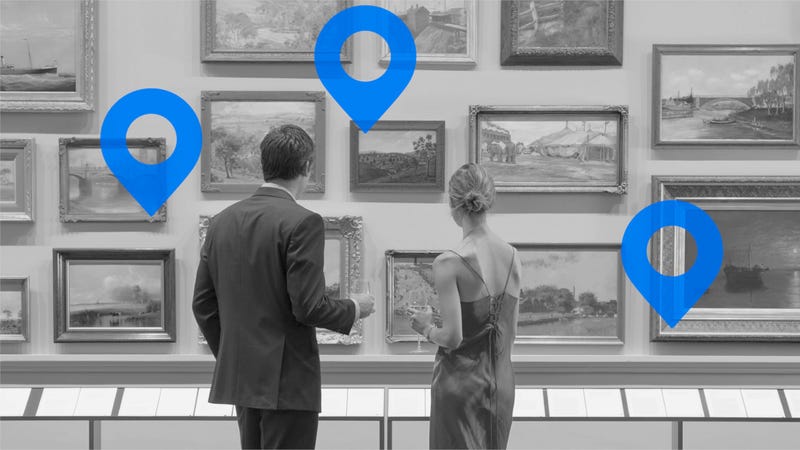
Developers can now start playing with the next iteration of Bluetooth—that convenient little technology that lets you stream music to nearby devices or go on a run without cables connecting you to your smartphone. Though it will still take some time for Bluetooth 5.1 to make its way to phones, laptops, and other devices, the Bluetooth Special Interest Group (SIG) recently published a breakdown of some of the major Bluetooth 5.1 features you can start getting excited about now.
And if you’re always losing your devices, these changes can’t come soon enough.
Directional finding and better proximity detection
The most interesting new feature arriving with Bluetooth 5.1 is directional finding. Directional finding enables a Bluetooth device (like a smartphone) to pinpoint the exact location of a paired device or Bluetooth receiver using directional signals from multiple antennas. On top of this, Bluetooth 5.1 will also boost performance for proximity-based location finding as well (more on that in a moment).
Advertisement
For audio devices, this means your smartphone, tablet, or other host devices will be able to pinpoint, within centimeters, where a speaker or pair of headphones is. You’ll never lose your tiny little Bluetooth earbuds again—right?
Similarly, Bluetooth trackers will now be more accurate, too. Many companies sell Bluetooth dongles that you can clip to important items and use to, say, find your keys if you ever (or frequently) misplace them.
Advertisement
Currently, these devices use proximity finding—measuring Bluetooth signal strength to judge how close devices are to one another—to give you “warmer” and “colder” feedback based on your proximity to the Bluetooth receiver, but they can’t give you specific directions to your lost item. When Bluetooth 5.1 finally rolls out, your smartphone or tablet should be able to point you in the direction of the tracker (and your lost gear), thanks to new “Angle of Arrival” and “Angle of Departure” direction-tracking techniques in Bluetooth 5.1:
“Each of the techniques requires one of the two communicating devices to have an array of multiple antennae, with the antenna array included in the receiving device when the AoA method is used and in the transmitting device when using AoD.
Bluetooth Core Specification v5.1 gives the Bluetooth Low Energy (LE) controller in the receiving device the ability to generate data that can then be used to calculate the directional angle to the transmitting device.
Advertisement
SIG also highlights how directional finding could be used for location-based services and indoor navigation—like finding specific goods on store shelves (we’re looking at you, Ikea). You could even have more precise directions for navigating around your local, sprawling shopping mall; an amusement park; or even your city (if GPS consumes too much battery life for you).
Enhanced Advertising Mode
With Bluetooth 5.0, devices that broadcast availability for Bluetooth connections—like your smart TV—gained the ability able to tell nearby devices when they’re transmitting that they’re ready for a connection. By synchronizing this availability with scanning, to-be-connected devices could save power instead of just mindlessly scanning for potential Bluetooth connections.
Advertisement
In Bluetooth 5.1, a new “Periodic Advertising Sync Transfer” will allow devices to piggyback off one another during this process. For example, your smartphone might be the device that’s scanning for a Bluetooth connection to your TV, and it can transmit the TV’s “schedule,” or “advertising,” to a connected smartwatch. Your more battery-constrained smartwatch then doesn’t have to do the scanning itself, which saves power.
Better Caching
When Bluetooth Low Energy devices sync up, the connecting device takes a little time to figure out the device’s capabilities. Some Bluetooth devices can cache this information for faster pairing, and Bluetooth 5.1 will improve this process for even speedier pairing (that uses less power, too).
Advertisement
For more from Lifehacker, be sure to follow us on Instagram @lifehackerdotcom.













